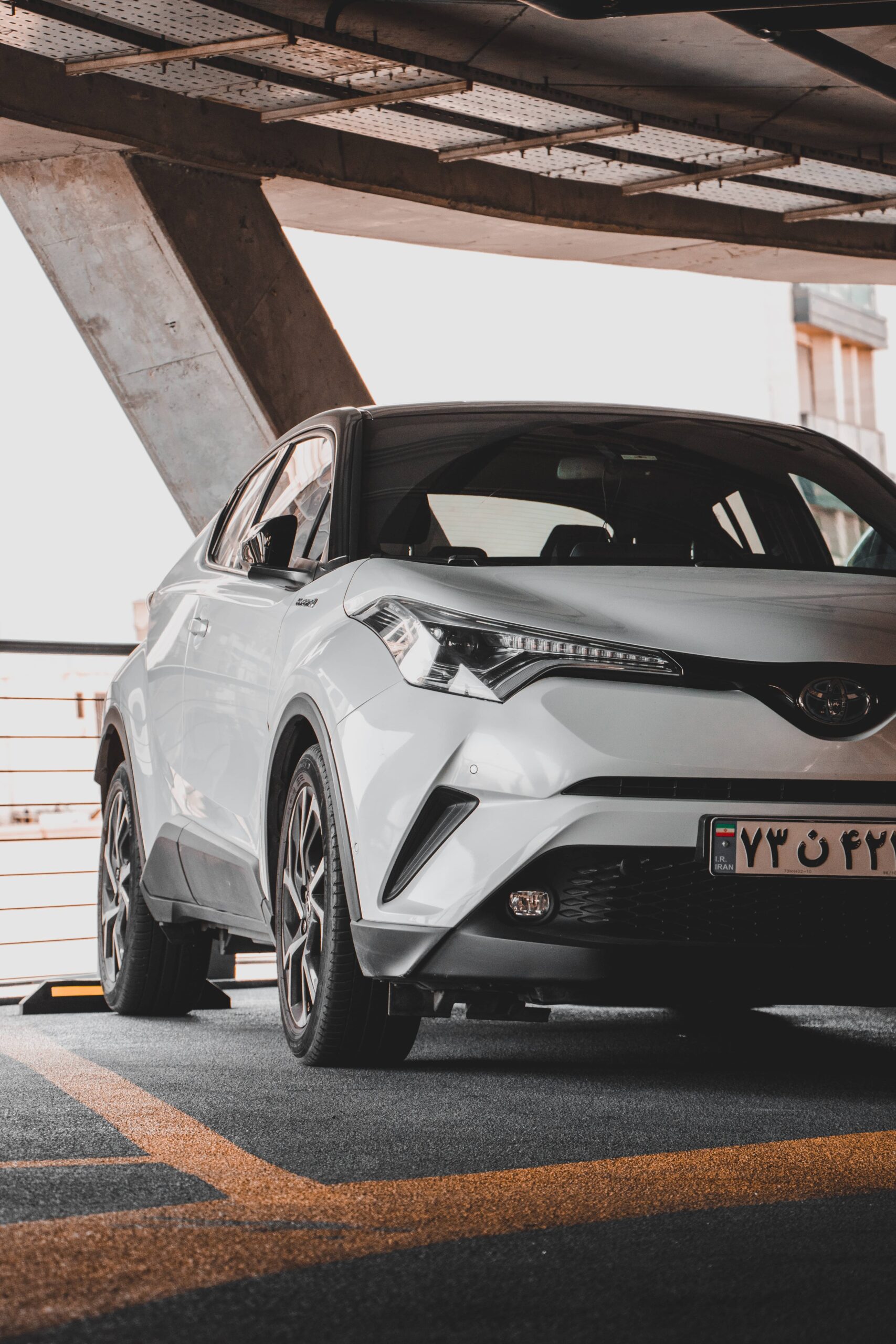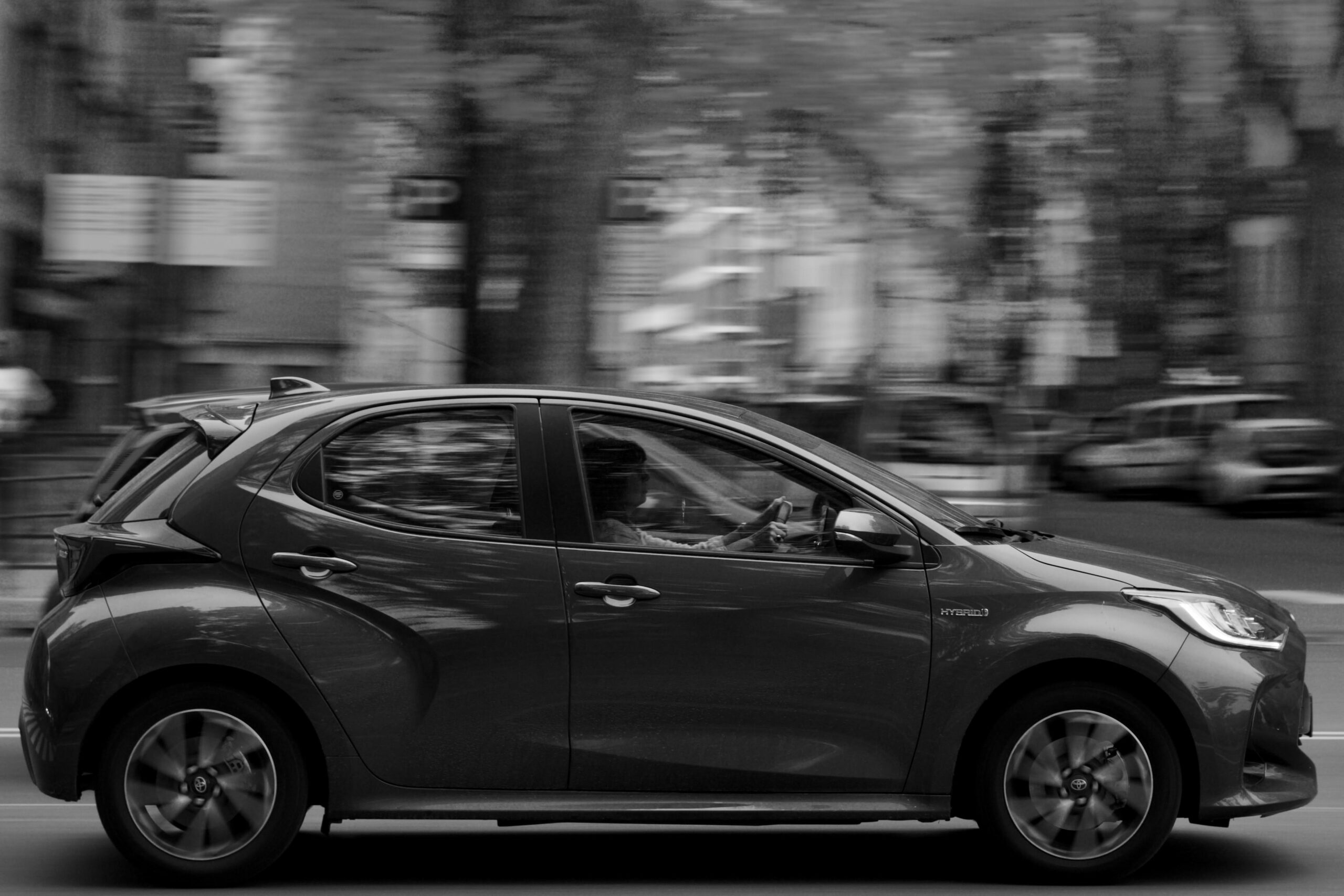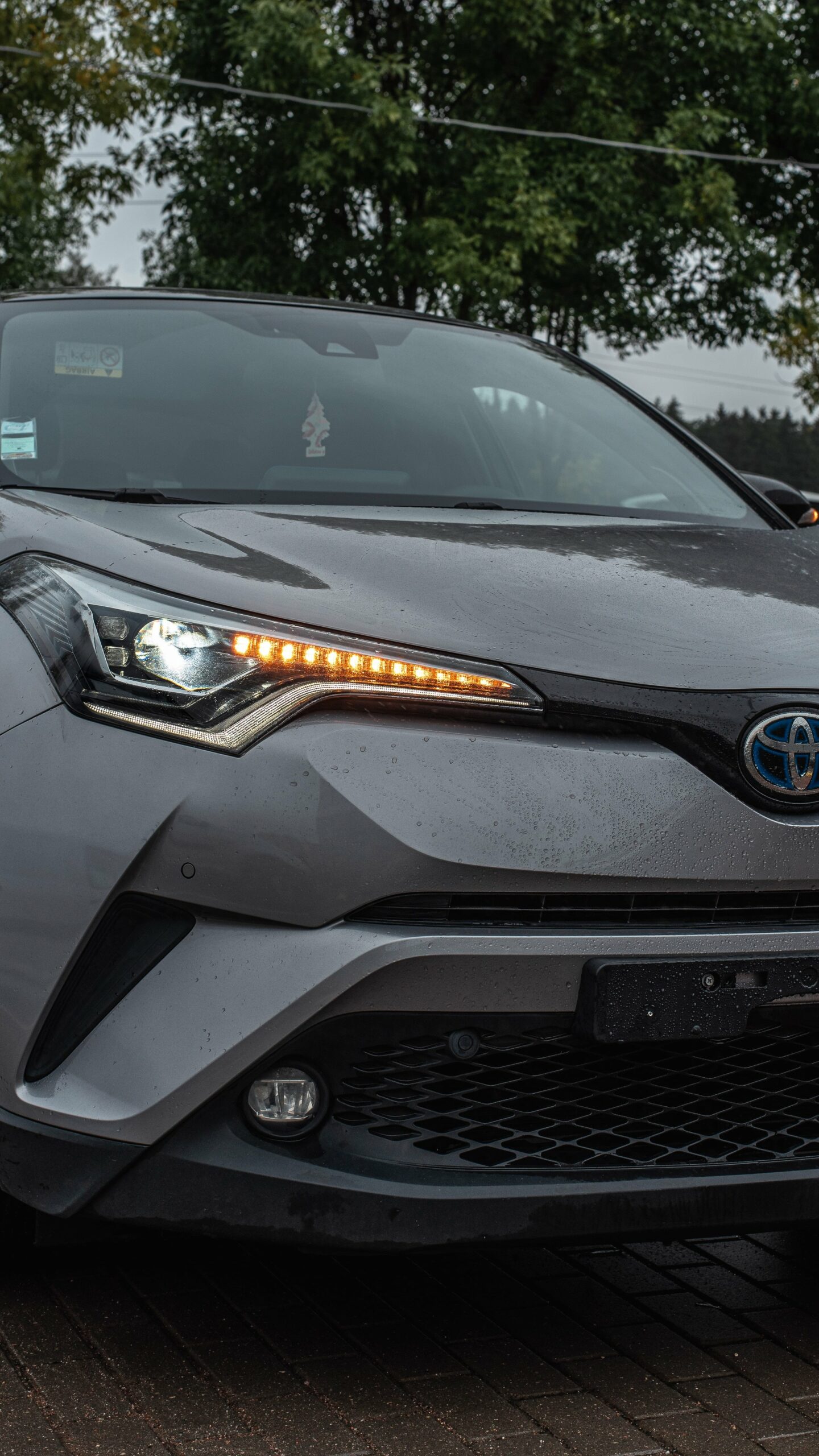Contents
How Long Can a Toyota Hybrid Idle on Its Battery? – Introduction

Toyota has been a pioneer in hybrid technology, with models like the Prius leading the way in fuel efficiency and eco-friendliness. One of the questions frequently raised by hybrid vehicle owners and enthusiasts is, “How long can a Toyota hybrid idle on its battery?” This question delves into the heart of what makes hybrid vehicles unique – the ability to operate on electric power alone under certain conditions. Understanding the factors that influence a Toyota hybrid’s ability to idle on its battery is essential for making the most of your vehicle’s efficiency and eco-conscious features.
In this article, we’ll delve into these factors and provide insights on what to expect.
How Long Does Toyota Hybrid Battery Last? Ask the Expert!: https://m.youtube.com/watch?v=tnJem4Uk0wk&pp=ygUxSG93IExvbmcgQ2FuIGEgVG95b3RhIEh5YnJpZCBJZGxlIG9uIEl0cyBCYXR0ZXJ5Pw%3D%3D
1. Type of Toyota Hybrid:
Toyota offers a diverse range of hybrid models, each with its unique capabilities and technology. While the basics of hybrid technology are consistent, the idle-on-battery capabilities can vary. Let’s take the ever-popular Toyota Prius as an example. The Prius can typically idle on battery power for short durations, especially at low speeds in specific driving conditions. This makes it well-suited for city driving where frequent stops and starts allow the vehicle to maximize its electric-only mode. However, newer models and hybrid options like the Toyota RAV4 Hybrid and the Toyota Camry Hybrid may have more advanced battery technology and electric-only capabilities. These models can offer extended electric-only idling times.
2. State of Charge:
The state of charge of the hybrid’s battery is a critical factor that determines how long it can idle on battery power. A fully charged battery provides the most electric-only idling time, while a partially depleted battery may have limited electric-only capabilities. Toyota hybrids are designed to maintain a balance in the use of the gasoline engine and electric power to keep the battery at an optimal state of charge.
For example, a Toyota hybrid with a full battery charge may be able to idle on battery power for several minutes or even miles, depending on driving conditions. However, as the battery’s charge diminishes, the gasoline engine may start to assist, especially when more power is needed for acceleration or maintaining higher speeds.
3. Vehicle Speed:
The speed at which the vehicle is idling plays a crucial role in determining how long it can run on battery power alone. At lower speeds, many Toyota hybrids can operate solely on electric power for extended periods. For example, when driving in city traffic with frequent stops and starts, a Toyota Prius may be able to maintain electric-only idling for a considerable time.
However, as the vehicle’s speed increases, it may require the assistance of the gasoline engine to provide the necessary power to maintain performance. For instance, when driving on the highway at higher speeds, the gasoline engine typically operates to support the vehicle’s power needs.
4. Climate Control and Accessories:
The use of climate control systems, such as air conditioning or heating, and other accessories like lights and audio systems can impact the duration a Toyota hybrid can idle on battery power. These systems draw power from the vehicle’s battery, reducing the amount of time it can idle in electric-only mode.
For example, on a hot summer day, using the air conditioning can reduce the electric-only idling time as the climate control system consumes energy. Similarly, running other electrical accessories, like a sound system or charging ports, can affect the available electric power.
5. Driving Conditions:
Various driving conditions, including terrain and traffic, influence a Toyota hybrid’s ability to idle on battery power. For example, when driving in stop-and-go traffic or on a downhill slope, the vehicle may be able to utilize more electric power, extending its electric-only idling time. In contrast, when driving uphill or at high speeds, the gasoline engine may be needed to provide additional power, which can limit electric-only idling time.
6. Battery Health:
The health of the hybrid battery is vital for prolonged electric-only idling. Over time, a hybrid battery’s capacity may decrease due to factors such as age and usage. A well-maintained and healthy battery can provide longer electric-only idling times.
For instance, if you have a well-maintained hybrid vehicle with a healthy battery and you are driving in urban traffic conditions, you might experience electric-only idling for several miles. However, if the battery’s capacity has significantly diminished due to age or neglect, the electric-only idling time may be noticeably shorter.
7. Vehicle Model and Generation:
The specific Toyota hybrid model and generation you have can significantly affect the electric-only idling capabilities. As technology advances, newer models tend to offer improved electric-only idling times and efficiency.
For example, the latest Toyota RAV4 Hybrid and Toyota Camry Hybrid models have demonstrated enhancements in their electric-only driving capabilities compared to their earlier counterparts. These advancements may allow you to experience more extended periods of electric-only idling under suitable driving conditions.
8. Regenerative Braking:
Many Toyota hybrids incorporate regenerative braking, a feature that converts kinetic energy into electrical energy to recharge the hybrid battery. This regenerative process can help maintain the battery’s state of charge and extend electric-only idling times.
For example, when you decelerate or apply the brakes, the regenerative system captures energy that would otherwise be lost as heat, converting it into electricity to recharge the battery. This energy recovery process contributes to maintaining the battery’s state of charge, enabling more extended electric-only idling times.

Conclusion: Maximizing Your Toyota Hybrid’s Electric-Only Idling
Understanding the factors that influence a Toyota hybrid’s electric-only idling capabilities is crucial for getting the most out of your eco-friendly vehicle. While there is no one-size-fits-all answer to how long a Toyota hybrid can idle on its battery, considering factors such as the type of hybrid, the state of charge, vehicle speed, climate control, and driving conditions can help you optimize your electric-only idling experience.
By making the most of your hybrid’s capabilities and maintaining the vehicle, you can enjoy extended electric-only idling times, particularly during city driving or in situations that favor electric propulsion. Toyota’s commitment to hybrid technology means that newer models often exhibit improvements in electric-only idling capabilities, offering enhanced efficiency and a reduced environmental impact.
Whether you own a Prius, a RAV4 Hybrid, a Camry Hybrid, or any other Toyota hybrid model, you can contribute to a more eco-friendly and fuel-efficient driving experience by making the most of your vehicle’s electric-only idling capabilities. Remember to keep your hybrid well-maintained and ensure that the battery remains in good health to maximize its electric-only idling potential.
More Links:
Toyota sienna heated steering wheel Important In 2023: https://ausizealand.com/toyota-sienna-heated-steering-wheel-important-in-2023/
Toyota sienna oil change interval Important In 2023: https://ausizealand.com/toyota-sienna-oil-change-interval-important-in-2023/
Can You Extend Toyota Care? Exploring Your Options for Extended Coverage: https://ausizealand.com/can-you-extend-toyota-care/





